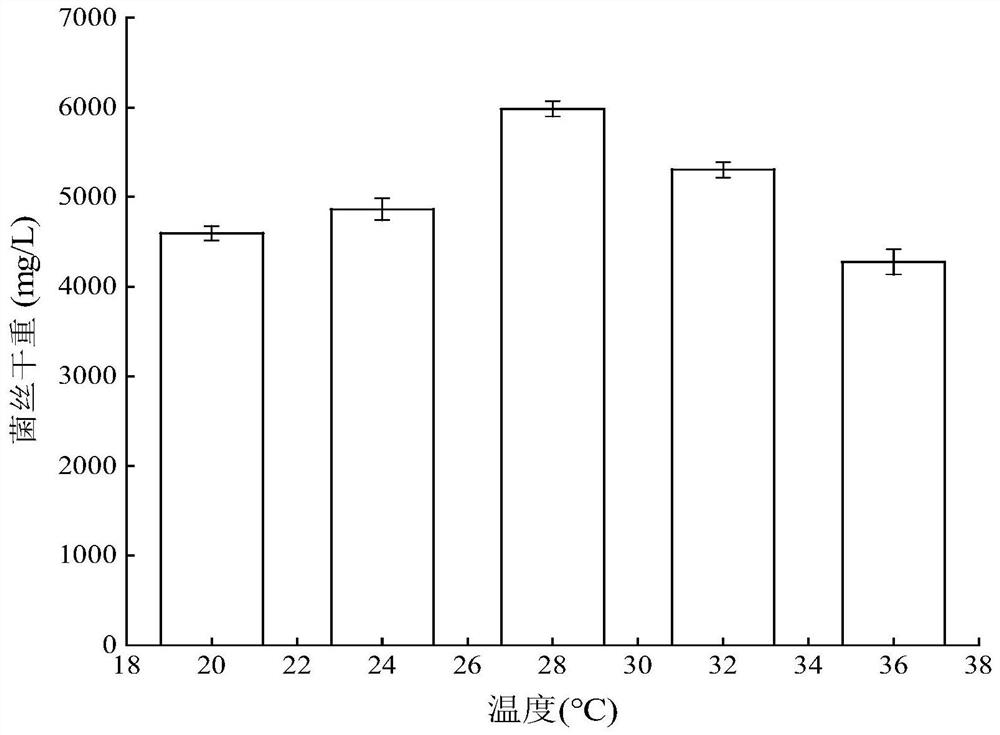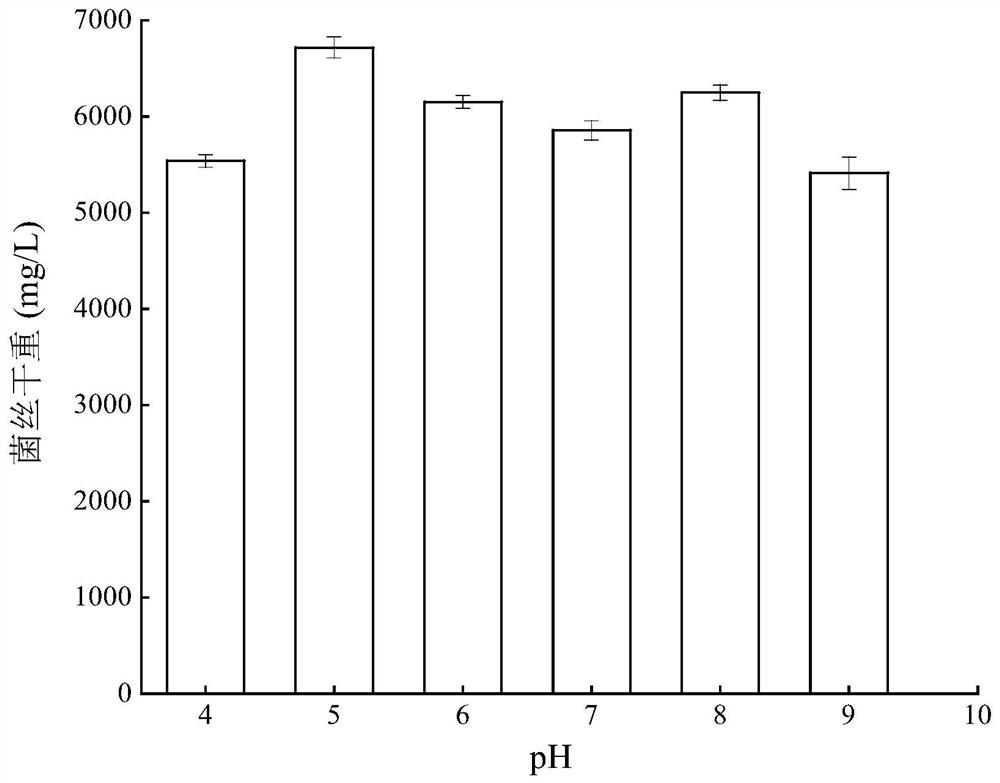Endophytic fungus letendraea sp.WZ07 and its application in the synthesis of nano-silver
An endophytic fungus and nano-silver technology is applied in the field of microorganisms to achieve the effects of simple equipment and low production cost
- Summary
- Abstract
- Description
- Claims
- Application Information
AI Technical Summary
Problems solved by technology
Method used
Image
Examples
Embodiment 1
[0034] The acquisition of embodiment 1 bacterial strain
[0035] Letendraea sp. WZ07 in this example is isolated from the invasive plant Ageratum conyzoides L. . After washing the stems of the red thistle collected on the campus of Huaqiao University in Xiamen City, Fujian Province with tap water, the stems were cut into 4 cm with a sterile knife in an ultra-clean workbench. The treated stems were subjected to surface disinfection according to the following operation method: soak them in 5% ethanol for 2 minutes, dip them in sterile absorbent paper, then soak them in 4 percent sodium hypochlorite solution for 5 minutes, rinse them with sterile water for 4 times, and cut them. Remove the browned parts at both ends, cut the middle part into tissue pieces of about 0.5 cm, inoculate them in potato dextrose solid medium containing 0.15 g / L streptomycin sulfate and 0.12 g / L penicillin potassium, and culture them upside down at 28 °C. Observe once every 12 hours. After mycelium grow...
Embodiment 2
[0037] ITS sequence molecular identification of embodiment 2 bacterial strain WZ07
[0038] Inoculate the purified WZ07 strain into a potato dextrose liquid medium containing 0.15g / L streptomycin sulfate and 0.12g / L penicillin potassium for 5 days. After the fermentation broth is centrifuged, the hyphae are ground and crushed, and the reagents are quickly extracted according to the fungal genomic DNA. DNA was extracted using the method described in the box. The sequences were amplified using universal primers ITS1 (5'-TCCGTAGGTGAACCTGCGG-3') (shown in SEQ ID No.2) and ITS4 (5'-TCCTCCGCTTATTGATATGC-3') (shown in SEQ ID No.3). The PCR reaction system is 50 μL, including: 1 μL each of ITS1 and ITS4 primers, 1 μL template DNA, 25 μL 2×PCRmix, ddH 2O 22 μL. The reaction program was: denaturation at 95°C for 3 min; denaturation at 95°C for 30 s, annealing at 58°C for 1 min, extension at 72°C for 1 min, and 30 cycles of such treatment; finally, extension at 72°C for 10 min. The PC...
Embodiment 3
[0041] The influence of embodiment 3 different temperatures on the growth of bacterial strain WZ07
[0042] Five WZ07 bacterial blocks with a diameter of 6mm were inoculated into potato dextrose liquid medium (100mL / 250mL) containing 0.15g / L streptomycin sulfate and 0.12g / L penicillin potassium, and then placed in 20, 24, 28, 32 and 36 ℃ constant temperature incubator culture in the dark for 5 days, measure the dry weight of mycelia, such as figure 2 shown. The results showed that strain WZ07 could grow at 20°C to 36°C, and the maximum growth was at 28°C, with a dry weight of 5984.33±85.51mg / L.
PUM
| Property | Measurement | Unit |
|---|---|---|
| temperature | aaaaa | aaaaa |
| particle diameter | aaaaa | aaaaa |
Abstract
Description
Claims
Application Information
 Login to View More
Login to View More - R&D
- Intellectual Property
- Life Sciences
- Materials
- Tech Scout
- Unparalleled Data Quality
- Higher Quality Content
- 60% Fewer Hallucinations
Browse by: Latest US Patents, China's latest patents, Technical Efficacy Thesaurus, Application Domain, Technology Topic, Popular Technical Reports.
© 2025 PatSnap. All rights reserved.Legal|Privacy policy|Modern Slavery Act Transparency Statement|Sitemap|About US| Contact US: help@patsnap.com



